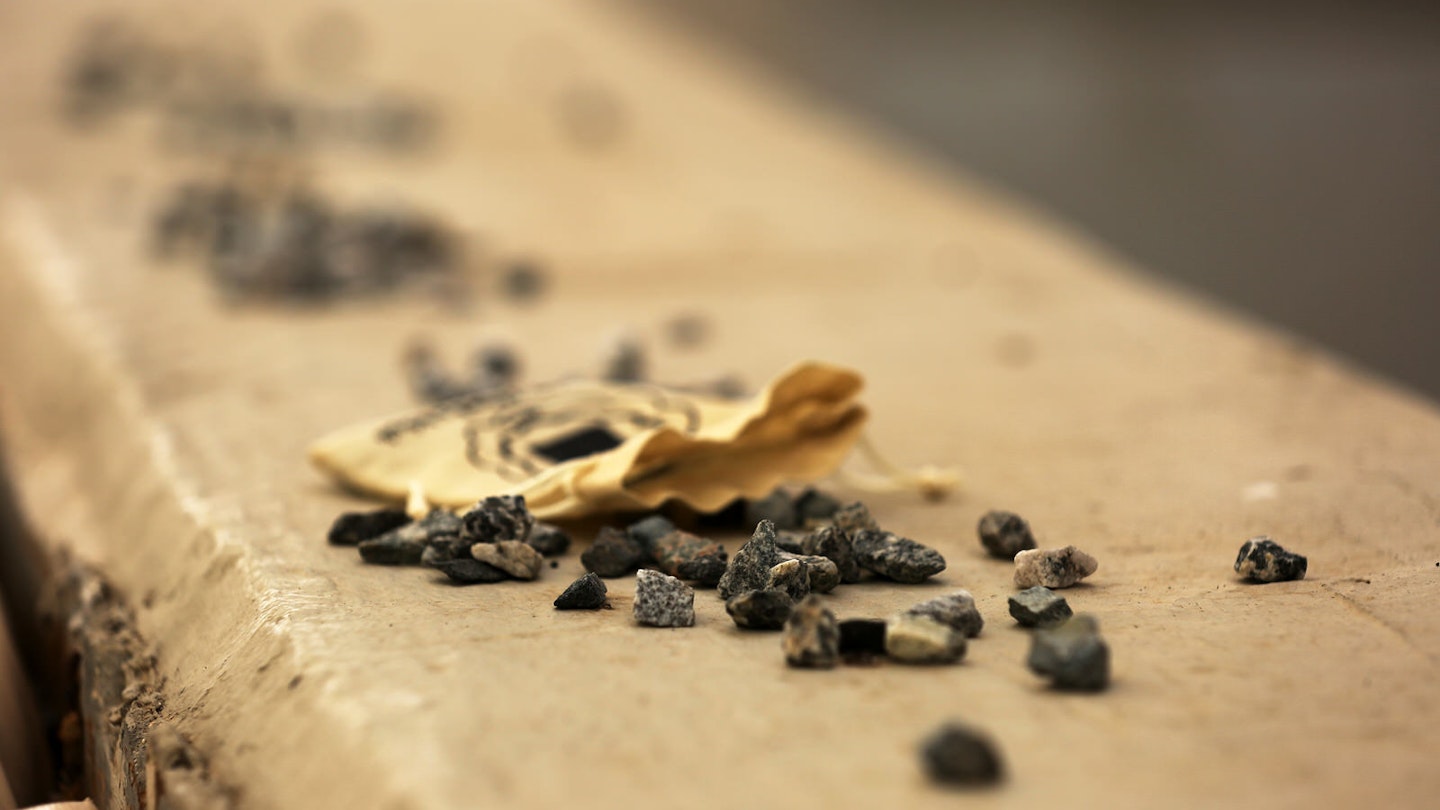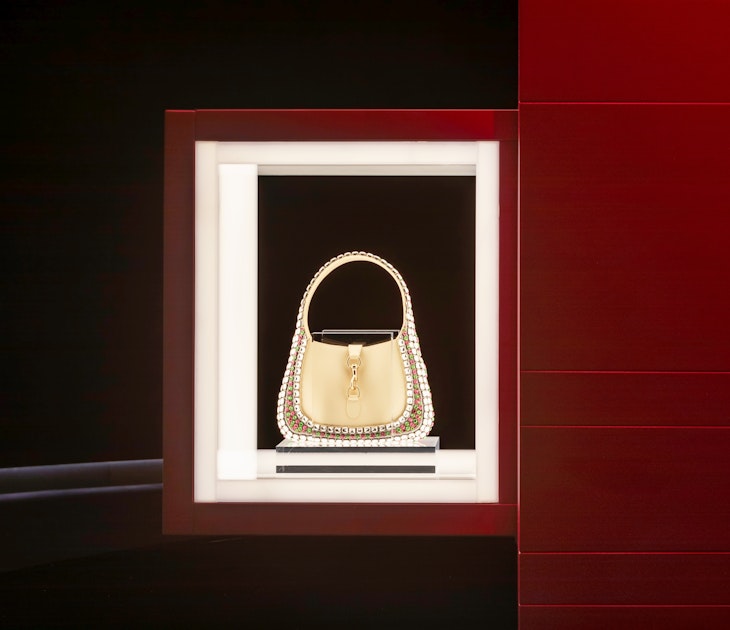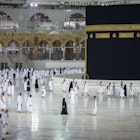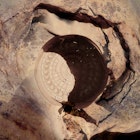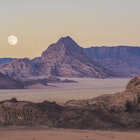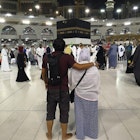In his fifth instalment of his Hajj diaries from Saudi Arabia, Lonely Planet writer Tharik Hussain takes us through the most daunting chapter of his experience yet, the jamarāt (ceremony of ‘stoning the devil’).
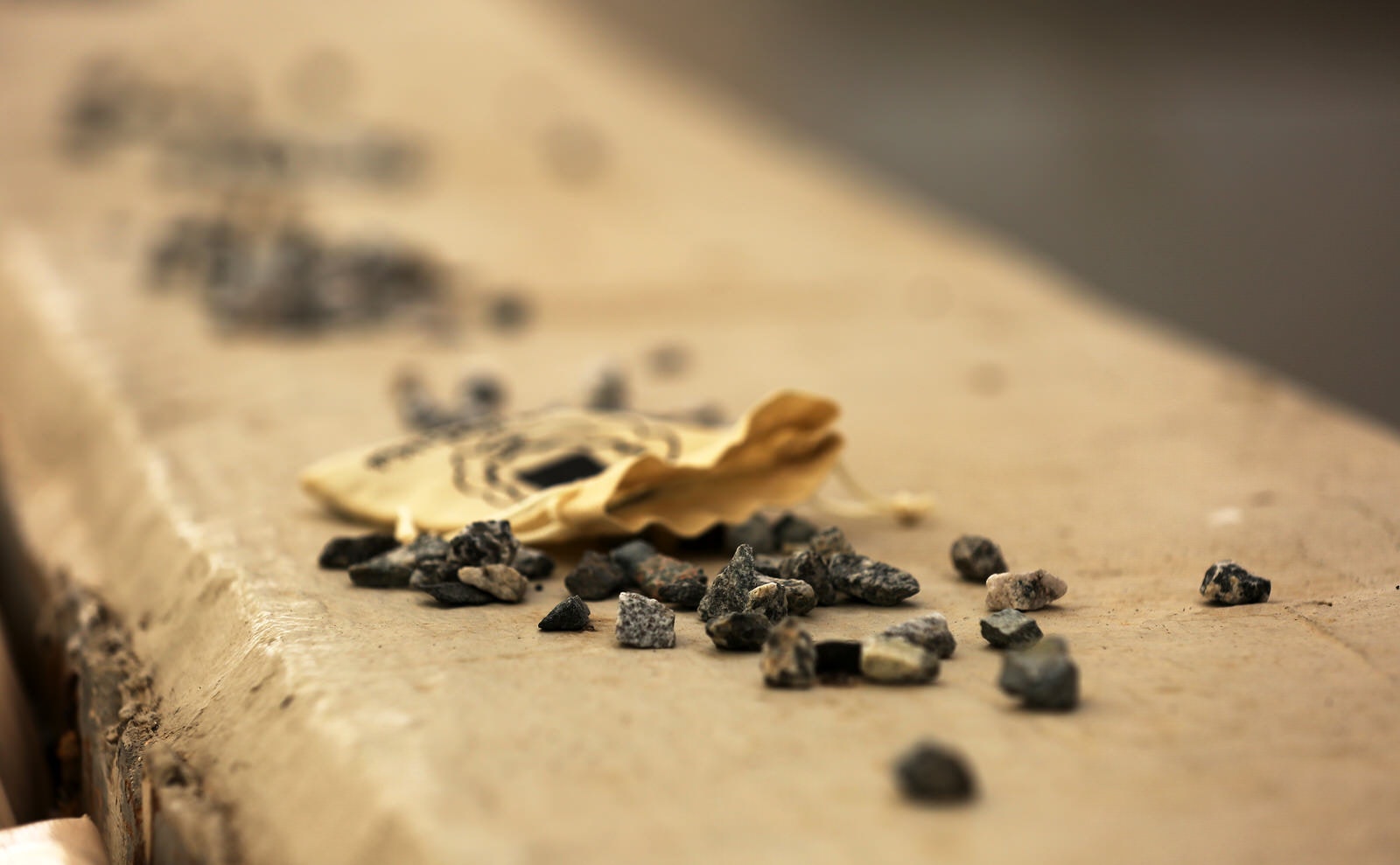
Performing the jamarāt
All over the world, Muslims were celebrating Eid, but not us.
The 10th of Dhu’l Hijjah doesn’t feel like Eid for pilgrims. It is the day I had been dreading more than any other – the day we were to perform the jamarāt. In recent years, as numbers attending the Hajj have continued to grow, this has been the deadliest of rites.
'I was standing near the Great Column thinking: so this is how it feels to be crushed. I no longer knew where my body ended and the masses began, and much like everyone else around me, I started to panic,' wrote Bulgarian-German Ilija Trojanow about his jamarāt experience in 2003. At least 18 Hajjis were trampled to death there that year. A year later, in 2004, a further 250 died in a stampede at a jamarāt bridge, this was followed by 345 Hajjis perishing in a crush in 2006. But the worst tragedy in Hajj history happened a mere four years ago. The Associated Press reported that over 2400 pilgrims died in a deadly collision at a jamarāt bridge in 2015.
Trojanow’s book was one of the pilgrim accounts I had read en route to the Hajj, and now as we moved, snail-pace, inside a giant concrete tunnel with tens of thousands of other pilgrims – the ominous sound of ventilation high above, I was filled with a sense of genuine foreboding. My mother shuffled along beside me, reciting and holding her sister’s hand. Raf was pushing her wheelchair, closely followed by our friend Moni pushing his mother. Every so often, the leader of a large group shouted out the talbiyyah:
'Labbayk Allahumma Labbayk!'
'LABBAYK ALLAHUMMA LABBAYK!' roared back the pilgrims.
This was punctuated by the Saudi soldiers, stationed at regular intervals, screaming 'Yallah Hajji, Yallah, Yallah!' every time a pilgrim tried to stop or turn back to look for someone.
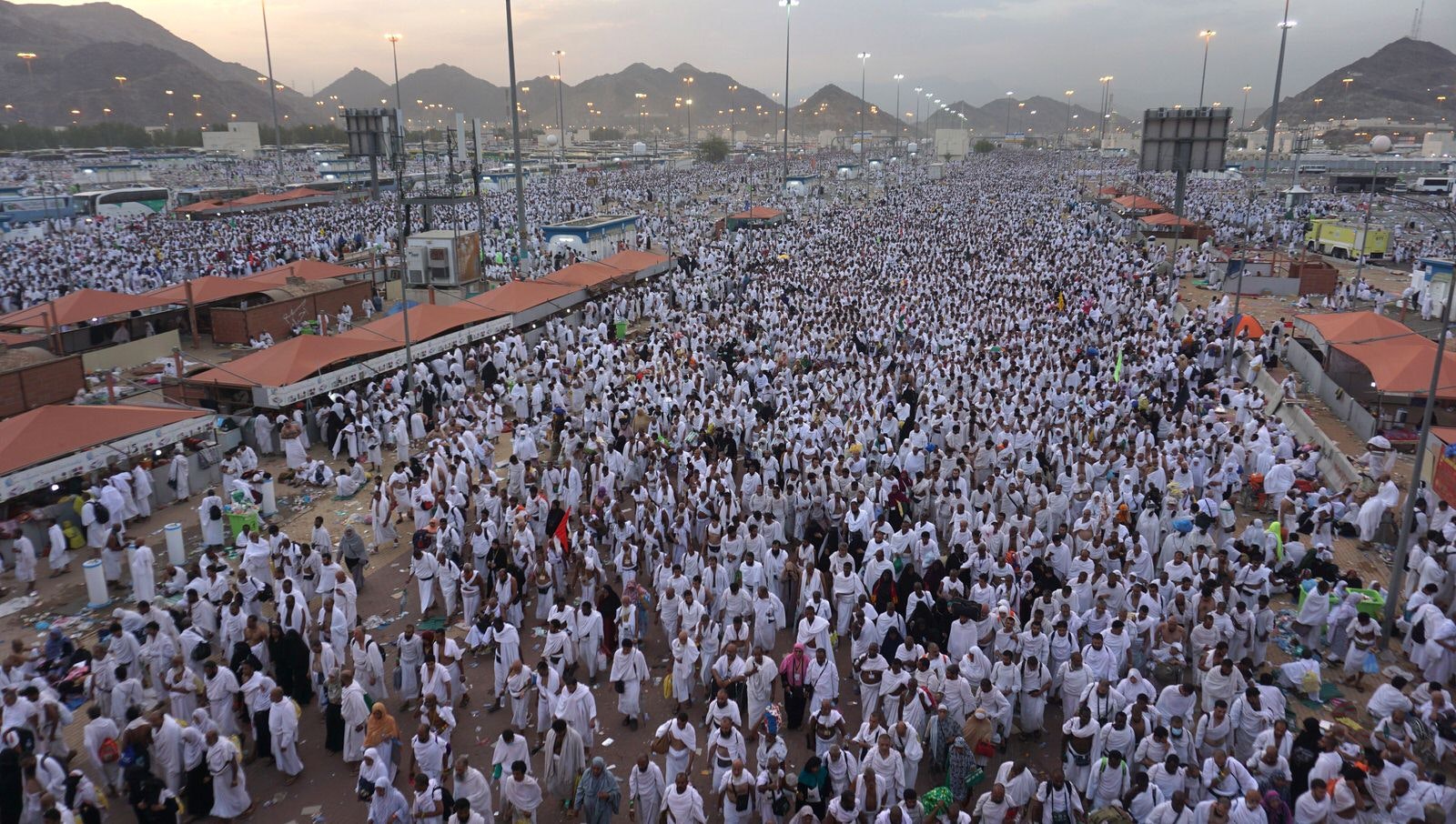
An aggressive chain of Hajjis, linked at elbows, pushed their way through, inducing glares from everyone. After a number of grueling days with very little sleep and the onset of the infamous ‘Hajj flu’, patience and politeness was in low supply. According to Islamic tradition, the three pillars stand on the spots where the devil had tried to tempt the prophet Abraham on three separate occasions. Each time he did, Abraham had responded by pelting him with seven small stones.
Our symbolic reenactment of this was meant to affirm our own rejection of temptation. After an hour or so, the August sunshine appeared like a bright light at the end of the tunnel. Up ahead, the jamarāt resembled a giant multi-storey car park, spread over five floors. We were heading to the third, where mercifully the path opened up into a wide covered hall, thinning the crowds.
Outside, several, equally claustrophobia-inducing streams of white pilgrims could be seen moving slowly along broad, raised bridges, each leading onto a different floor. Ahead of us three gargantuan walls – replacing the old pillars – sat in huge concrete funnels. The clever design offered Hajjis wider targets, and thus able to spread themselves along the length of the walls. Once the pebbles hit these, they ricocheted down through the funnels to the very spots where the ancient pillars had once stood.
It was the first of the three obligatory days of jamarāt, so we ignored walls one and two, and made straight for the third one – over the next two days we would stone all three.
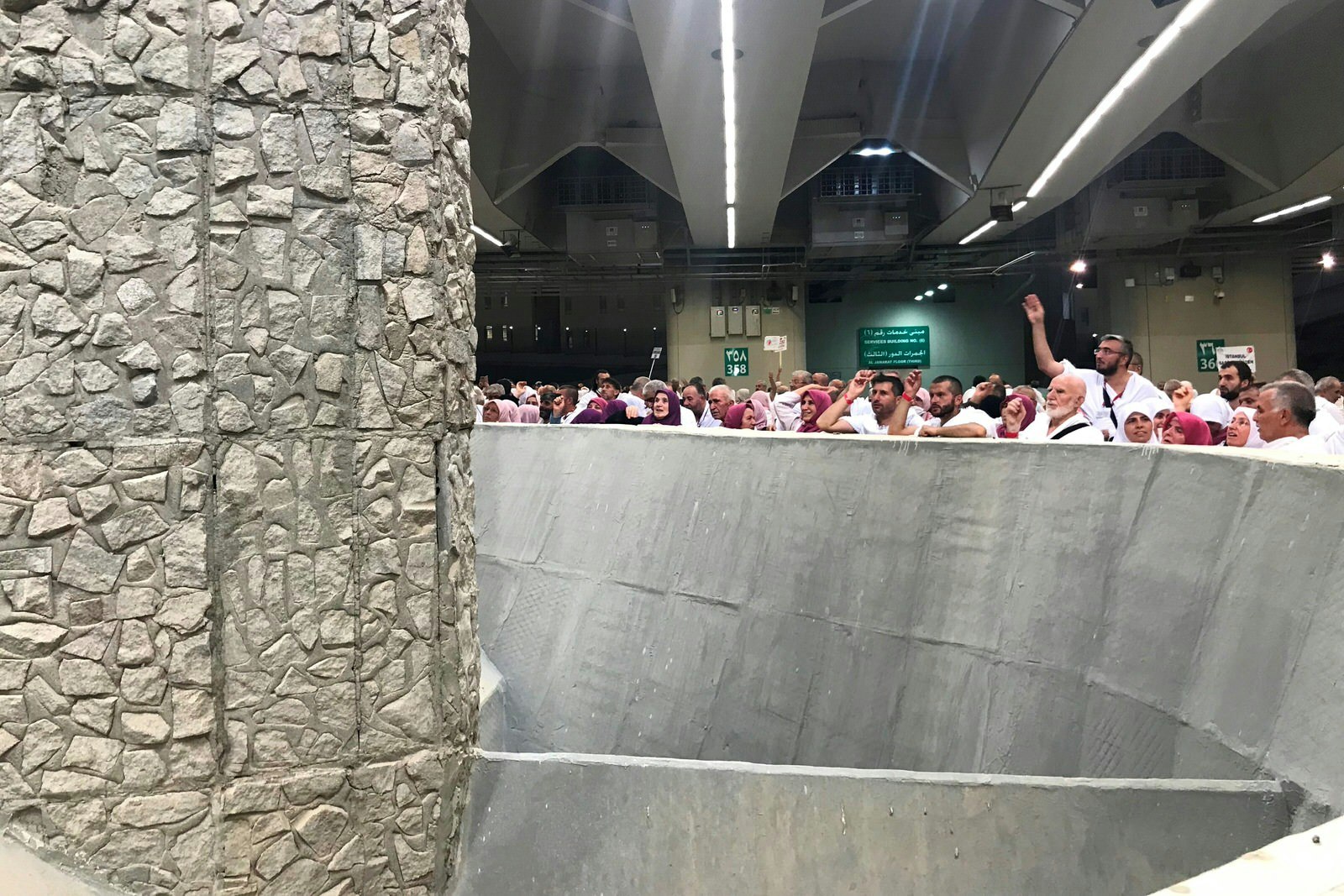
Stoning the devil together
Hurrying past the first swell of Hajjis, I led my mother to the far end of the wall, followed closely by Raf and Moni. The two of them were ushered into an area cordoned off for the exclusive use of wheelchairs, and we slipped into a gap behind them. Standing face to face with the large concrete facade, the two of us threw our pebbles one by one, repeating the words, ‘Allahu akbar’. Within minutes we were done, slipping out and away from the growing crowd, into a clearing where we stood and faced the Kaaba to make our supplications.
Raf and Moni soon joined us with their mothers, and before I knew it, we were all on the road to Makkah again. The whole affair could not have gone smoother and was a far cry from poor Trojanow’s traumatic experience, all those years ago. As we joined the crowds of people streaming towards the holy city, I was filled with an immense sense of relief. We had broken the back of the Hajj, without incident, and soon we would perform the tawaaf al-ilfaadah, confirm the Eid sacrifice had been made on our behalf (at the Hajj slaughterhouses), and shave our heads to exit the state of Ihram. The hardest part of the Hajj was done.
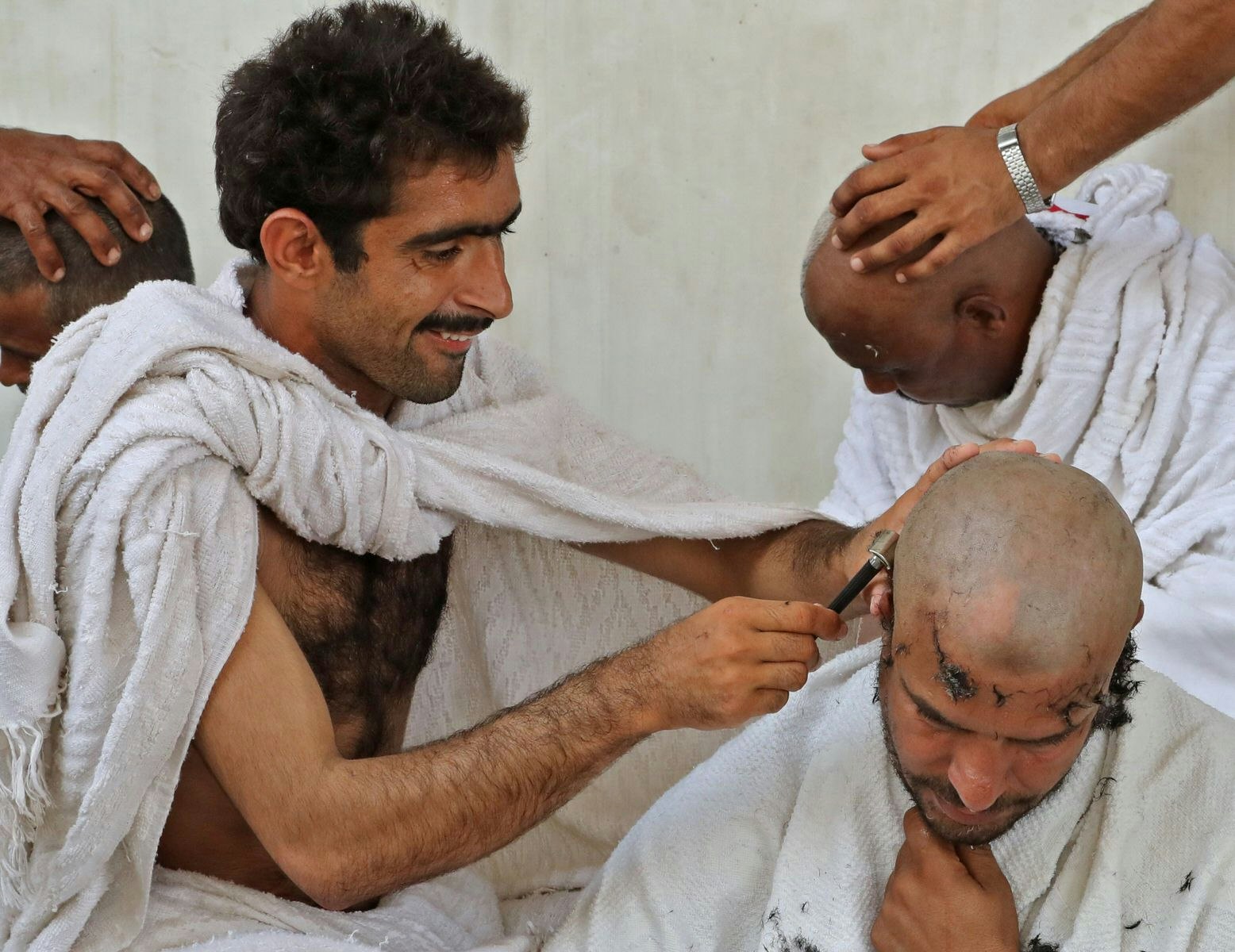
Over the next two days, we returned to Mina in a more relaxed state. Dressed in our normal clothes, we left our mothers in the safety of the tents to perform the remainder of the stoning ceremonies for ourselves and on their behalf. Finally on the 13th of Dhu’l Hijjah, we made our way back to Makkah. The only real trial during this period were the Mina conditions, which caused several Hajjis to fall ill. The swirl of air conditioning inside the congested tents and the awful bathrooms were prime bacteria breeding ground. Few of us could get our heads around why the Hajj authorities expected us to defecate in the same place we were to shower.
'This is how things like cholera begin,' our Sheikh had said to me, as I wondered out loud who thought it was a good idea to install the shower head in the toilet cubicle.
The Hajj authorities had clearly worked hard to improve many facilities, the jamarāt complex and the efficiency of transfer between sites, amongst the most impressive, but this was an obvious blind spot. These were the things bothering me as I stared out at the uninspiring hotels of Aziziyah district, flashing past one last time, from the air conditioned comfort of the Hajj authorities bus. Soon the green face of the Makkah clock tower came into view.
Seeing it, I slumped into my seat, feeling suddenly overwhelmed. Not from elation, as I might have expected, or even a sense of triumph. What I felt as I headed back to the revered Black House was relief.
We had done it. We had completed the Hajj.
Catch up on the other five instalments now:
